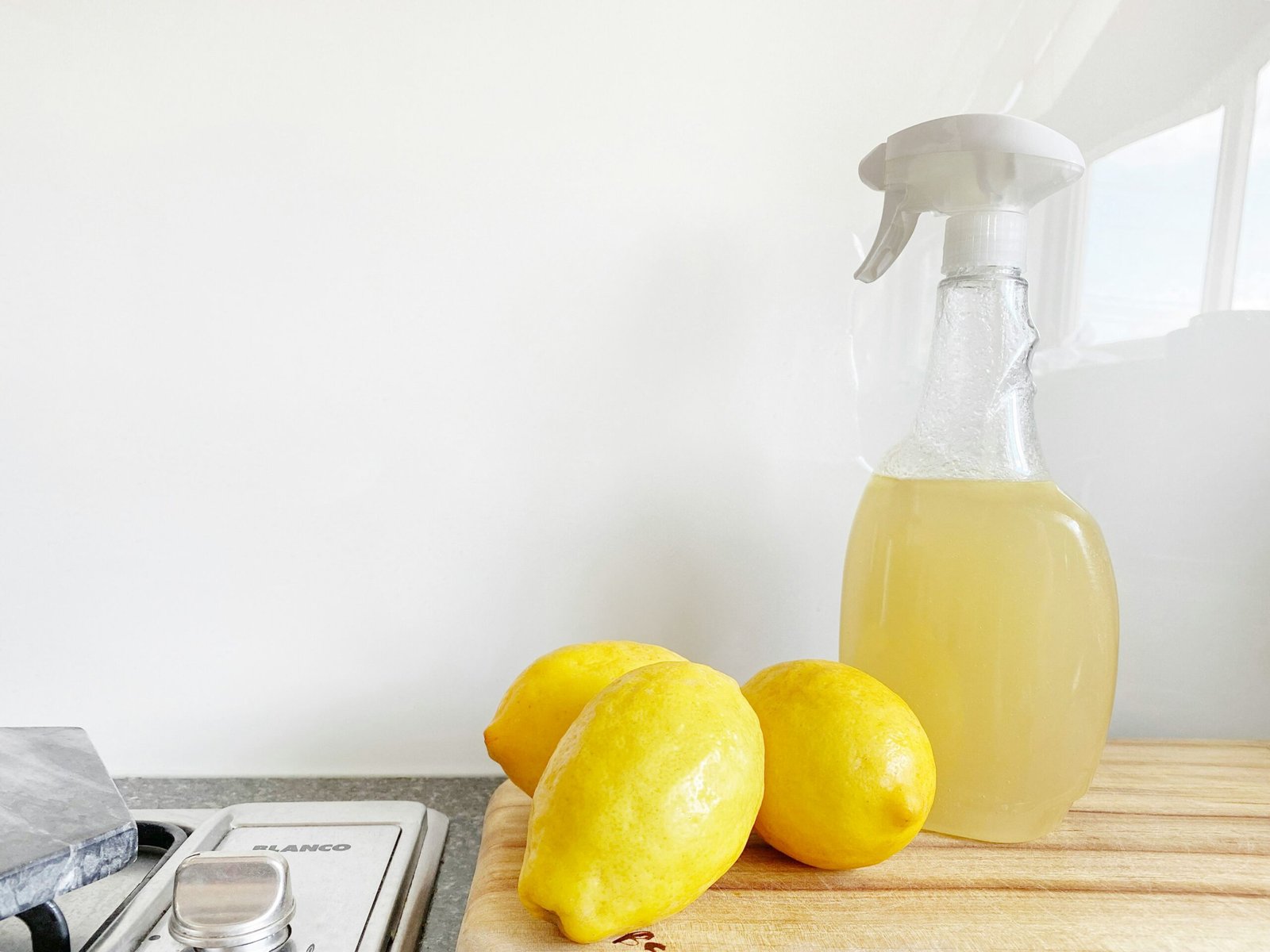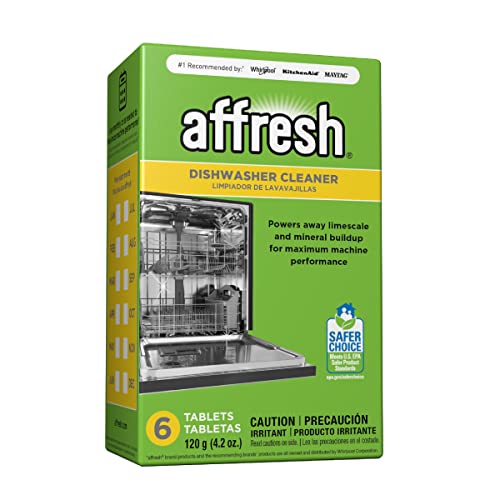Is your dishwasher leaving dishes less than sparkling? Over time, hidden grease, food particles, and mineral deposits can build up, making your dishwasher less effective. The good news is that a simple cleaning routine keeps your machine running smoothly and your dishes spotless.
This guide walks you step by step through how to clean a dishwasher, with clear instructions, practical tips, and trusted product recommendations.
Why Cleaning Your Dishwasher Matters
A dishwasher may look clean, but trapped food, soap scum, and hard water deposits can:
- Reduce cleaning power
- Cause odors
- Clog filters or spray arms
- Shorten the appliance’s lifespan
Regular cleaning prevents these issues and ensures sparkling results after every cycle.
Step-by-Step Guide: How to Clean a Dishwasher
Follow this simple routine for the best results:
1. Run a Hot Water Cycle
Start with an empty dishwasher and run a hot cycle. This loosens grease and food particles.
2. Remove and Clean the Filter
- Take out the filter from the bottom.
- Soak it in hot, soapy water for 10–15 minutes.
- Use a soft brush to scrub away debris.
- Rinse and reinstall.
3. Wipe the Door and Gasket
- Use a damp cloth with a vinegar solution.
- Pay special attention to rubber seals where grime collects.
- This prevents odors and ensures a tight seal.
4. Clear the Spray Arms
- Remove spray arms if possible.
- Use a toothpick or needle to clear any blocked holes.
- Rinse under warm water to restore proper water flow.
5. Clean Interior and Exterior Surfaces
- Wipe down walls and racks with a cloth dipped in warm, soapy water.
- For the exterior, use dish soap or stainless steel cleaner for a streak-free shine.
6. Optional: Vinegar and Baking Soda Cycle
- Place a cup of white vinegar on the top rack and run a hot cycle.
- Afterward, sprinkle baking soda across the bottom and run a short hot cycle.
- This combination deodorizes and removes mineral buildup.
Key Dishwasher Components to Clean
Here’s a quick reference for tackling each part:
| Component | Cleaning Tip |
| Filter | Soak in hot, soapy water and scrub |
| Spray Arms | Unclog holes with a toothpick |
| Door Gasket | Wipe with vinegar solution |
| Drain Trap | Remove food particles and debris |
| Exterior | Wipe with dish soap or stainless steel cleaner |
Keeping each part clean ensures your dishwasher runs at peak efficiency.
Recommended Dishwasher Cleaning Products
While vinegar and baking soda work wonders, sometimes a specialized cleaner makes the job easier. Here are a few trusted options:
- Finish Dishwasher Cleaner – Designed to remove grease and limescale buildup with minimal effort. Great for monthly deep cleans.
- Affresh Dishwasher Cleaner Tablets – Drop a tablet in and run a hot cycle. These tablets target odor, mineral deposits, and hidden residue.
- Lemi Shine Dishwasher Cleaner – A natural, citrus-powered option for those who prefer eco-friendly cleaning. Works especially well in hard water areas.
- Weiman Stainless Steel Cleaner – Ideal for polishing and protecting the dishwasher’s exterior without streaks.
Tip: Use a product like Finish or Affresh once a month for deep cleaning, and supplement with vinegar and baking soda in between.
Final Tips for Sparkling Results
- Dry parts completely before reassembling.
- Clean the filter weekly and do a deep clean every 1–2 months.
- Alternate between natural cleaners and commercial tablets for best results.
A little maintenance goes a long way. By following these steps, you’ll keep your dishwasher performing at its best—saving money on repairs and enjoying spotless dishes every time.
FAQ: Dishwasher Cleaning
Q: How often should I clean my dishwasher?
A: Do a quick clean weekly (wipe gasket, rinse filter) and a deep clean every 1–2 months.
Q: What natural cleaners work best?
A: White vinegar and baking soda are powerful, safe, and inexpensive options.
Q: Why does my dishwasher smell bad?
A: Odors come from trapped food and grease. Clean the filter, run a vinegar cycle, and check for clogged drains.
Q: What are the signs my dishwasher needs cleaning?
A: Spots on dishes, cloudy glassware, lingering odors, or standing water in the bottom.





